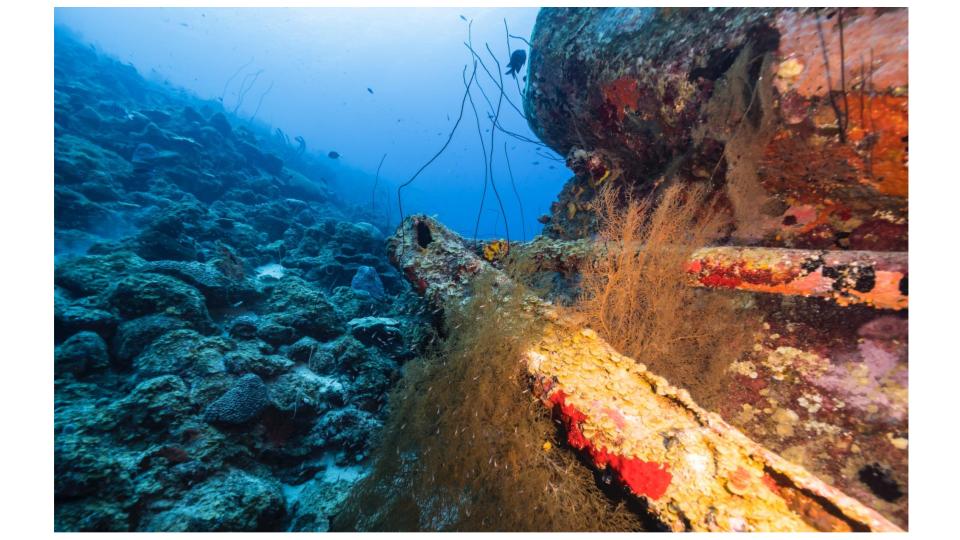India is preparing to apply for licenses to explore deep-sea minerals in the Pacific Ocean. This move is part of its strategy to secure critical minerals essential for energy transition technologies.
Current Status
- The UN-backed International Seabed Authority (ISA) has issued 31 deep-sea exploration licenses, including two for India in the Indian Ocean.
- However, mining has not yet commenced as the 36-member ISA council is still finalizing regulations.
- The ISA council is scheduled to meet in Jamaica this month to negotiate the latest draft of a mining code.
India’s Exploration Plans
- M. Ravichandran, a leading scientist at India’s Ministry of Earth Sciences, stated that the ministry will collaborate with India’s mining industry to apply for exploration licenses in the Pacific Ocean next year.
- India aims to focus on the Clarion-Clipperton Zone, a large area between Hawaii and Mexico. This zone is known for its significant deposits of polymetallic nodules, which contain minerals like manganese, nickel, copper, and cobalt, essential for electric vehicles and solar panels.
Historical Context
- Polymetallic nodules, discovered by British sailors in 1873, are potato-shaped formations that take millions of years to develop.
Additional Permits
- India anticipates receiving two more exploration permits this year for the Indian Ocean. These permits will cover the Carlsberg Ridge and Afanasy-Nikitin Seamount regions, known for polymetallic sulphide deposits and ferromanganese crusts.
- Permits issued by the ISA are valid for 15 years.
Mineral Resources
- Polymetallic sulphide deposits contain metals such as copper, gold, silver, and zinc.
- Ferromanganese crusts are known for their content of cobalt, nickel, manganese, platinum, and rare earth elements.
Strategic Importance
- India, which depends on imports for raw materials like copper and lithium, has identified 24 minerals as critical for energy transition.
- The country is also seeking overseas mineral assets to support its growing green energy demands.
Conclusion
Ravichandran emphasized the urgency of securing seabed minerals, likening the process to a race.
Multiple-Choice Questions (MCQs):
- What is the primary reason for India applying for deep-sea mineral exploration licenses?
- A) To discover new marine species
- B) To secure supplies of minerals critical for energy transition technologies
- C) To expand its fishing industry
- D) To increase tourism in the Pacific Ocean
- Which organization issues deep-sea exploration licenses for mineral exploration?
- A) United Nations Environment Programme (UNEP)
- B) International Seabed Authority (ISA)
- C) World Trade Organization (WTO)
- D) International Maritime Organization (IMO)
- Where is the Clarion-Clipperton Zone located?
- A) Between India and Africa
- B) Between Australia and New Zealand
- C) Between Hawaii and Mexico
- D) Between Japan and Russia
- What types of deposits are found in the Carlsberg Ridge and Afanasy-Nikitin Seamount regions?
- A) Diamond deposits
- B) Polymetallic sulphide deposits and ferromanganese crusts
- C) Gold deposits
- D) Oil reserves
- What is the validity period of exploration permits issued by the ISA?
- A) 10 years
- B) 20 years
- C) 15 years
- D) 5 years
